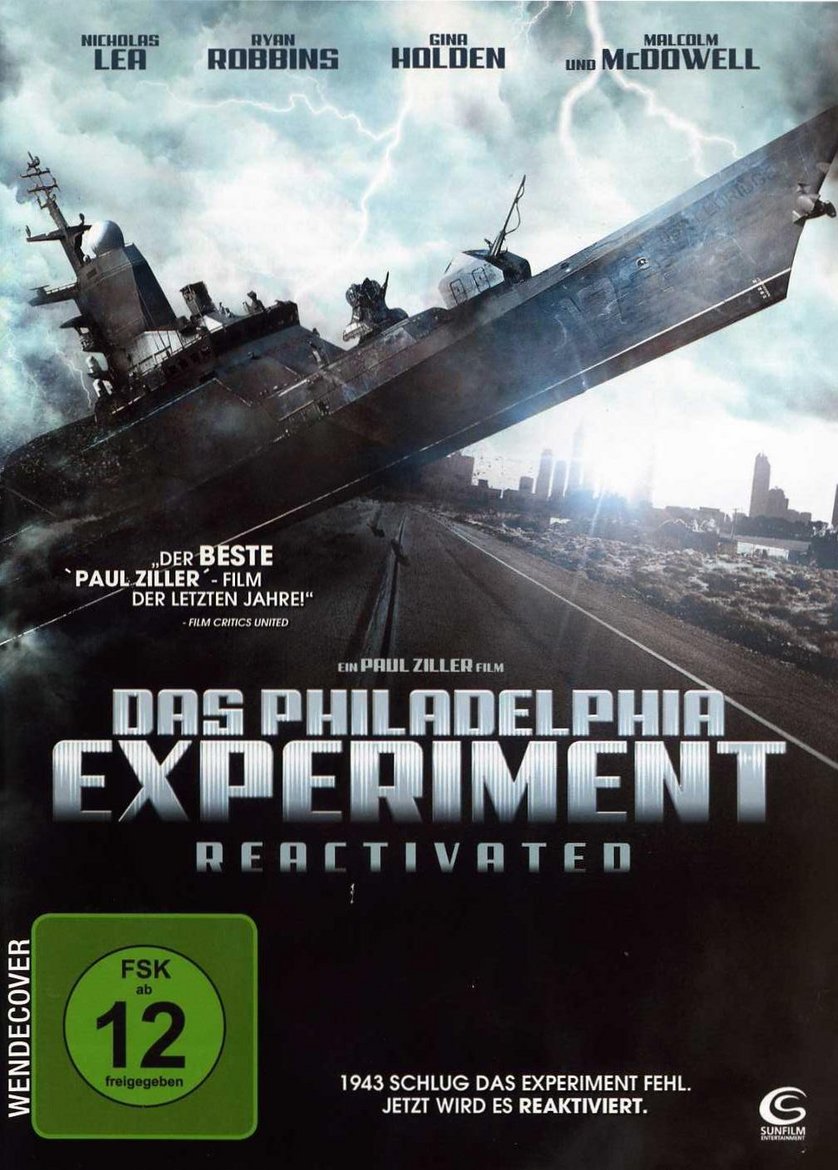

Lawyers, business leaders, and social commentators debate the virtues and evils of these bold new distributed systems.


Reporters try to sort out the ramifications of seemingly ungoverned peer-to-peer networks. These observations include a particular emphasis on sharing practices among individuals who are strangers or weakly related sharing's relationship to technological change and some implications for contemporary policy choices regarding wireless regulation, intellectual property, and communications network design.įrom the Publisher:Upstart software projects Napster, Gnutella, and Freenet have dominated newspaper headlines, challenging traditional approaches to content distribution with their revolutionary use of peer-to-peer file-sharing technologies. The Essay concludes with broader observations about the attractiveness of sharing as a modality of economic production as compared to markets and to hierarchies such as firms and government. The Essay next uses comparative transaction costs analysis, focused on information characteristics in particular, combined with an analysis of diversity of motivations, to suggest when social sharing will be better that secondary markets at reallocating this overcapacity to nonowners who require the functionality. It then suggests a definition for shareable goods as goods that are "lumpy" and "mid-grained" in size, and explains why goods with these characteristics will have systematic overcapacity relative to the requirements of their owners. It starts with case studies of carpooling and distributed computing as motivating problems. This Essay offers a framework to explain large-scale effective practices of sharing private, excludable goods. Our concepts provide guidance to practitioners who wish to design future gifting experiences while helping HCI researchers engage with the concept of gifting in a nuanced way. Our reflection addresses three concepts: hybrid wrapping where physical gifts become wrapped in digital media and vice versa the importance of effortful interactions that are visible and pleasurable and the need to consider social obligation, including opportunities for acknowledgement and reciprocation, dealing with embarrassment, and recognizing the distinction between giving and sharing. Employing a Research Through Design approach, we developed a portfolio of four hybrid gifting experiences: an augmented advent calendar edible music tracks personalized museum tours and a narrated city walk. Our review details how gifting is a complex social phenomenon and how digital gifting is less engaging than physical gifting for both givers and receivers. Hybrid gifting combines physical artefacts and experiences with digital interactivity to generate new kinds of gifts.


 0 kommentar(er)
0 kommentar(er)
